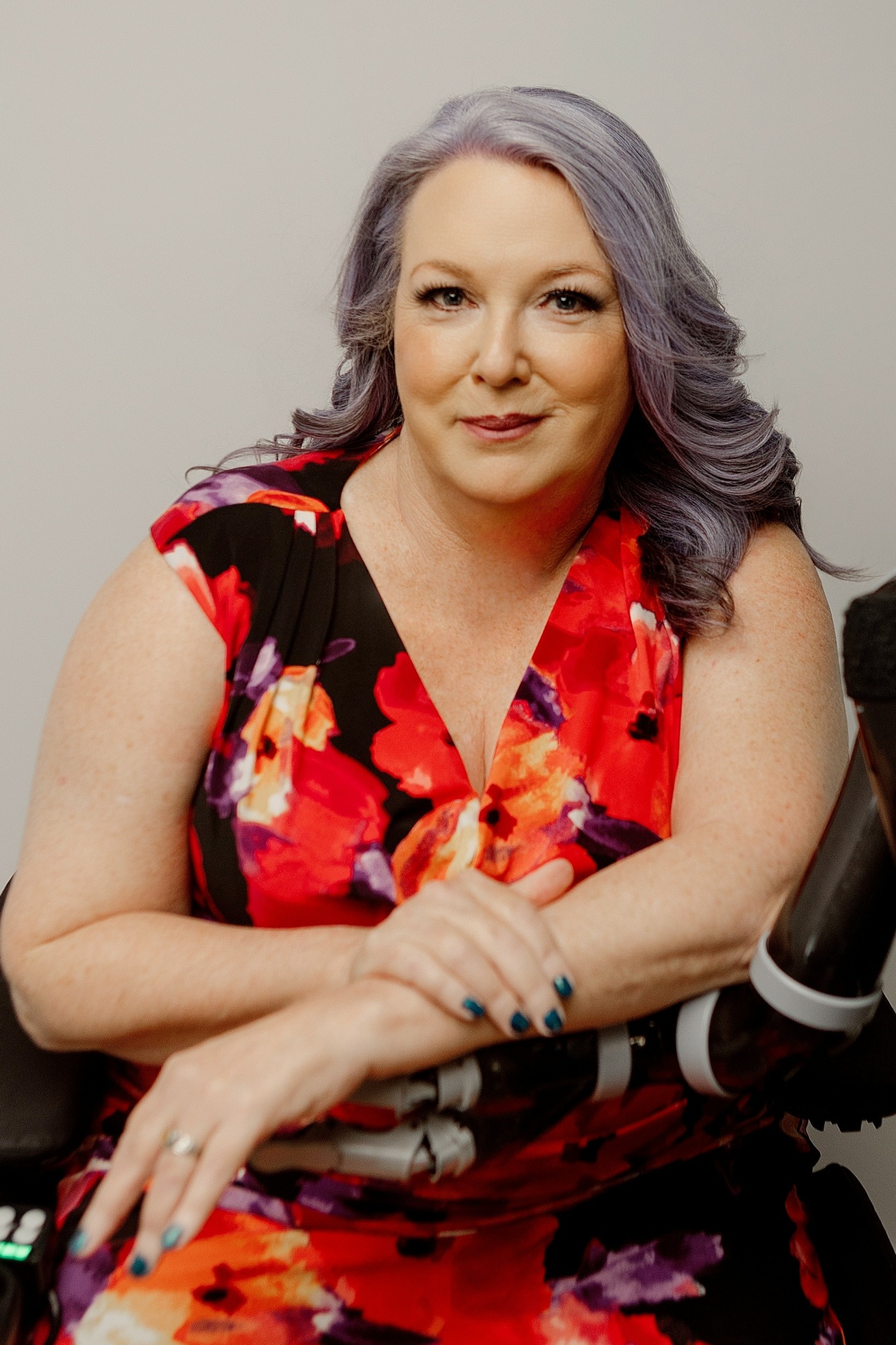We were lucky to catch up with Heather C. Markham-Creasman recently and have shared our conversation below.
Heather C., appreciate you joining us today. We’d love to hear from you about what you think Corporate America gets wrong in your industry and why it matters.
I am a Functional Accessibility and Barrier-Free Business Consultant. I also use a power wheelchair for my mobility. What Corporate America gets wrong in my industry is allowing comfort of the majority over meeting the law. I was at an upscale restaurant in Dallas and went into the Ladies Restroom after dinner. The door was placed at a jaunty 45-degree angle from the hall. When I opened the door, I saw a 1-foot-long wall about five feet in front of me. I immediately thought I might have difficulty making the turn once I got through the door. I was surprised when the door didn’t wide open enough to let my wheelchair through. As the restroom was unoccupied, my husband discovered that a doorstop was secured to the floor to stop additional swing. When I asked the manager who was accompanying us about it, the reply was that the door was often opened with such force that it hit the person standing at the sink who was washing their hands. I just shook my head. It was highly ironic then that the Handicapped stall in the restroom exceeded ADA Design requirements. Someone in the restaurant’s management chain had decided, perhaps unconsciously, that protecting the standing people at the sink was more critical than providing the access required by the ADA. A whole series of poor choices had placed this restaurant in violation of the ADA and opened them up for a lawsuit.
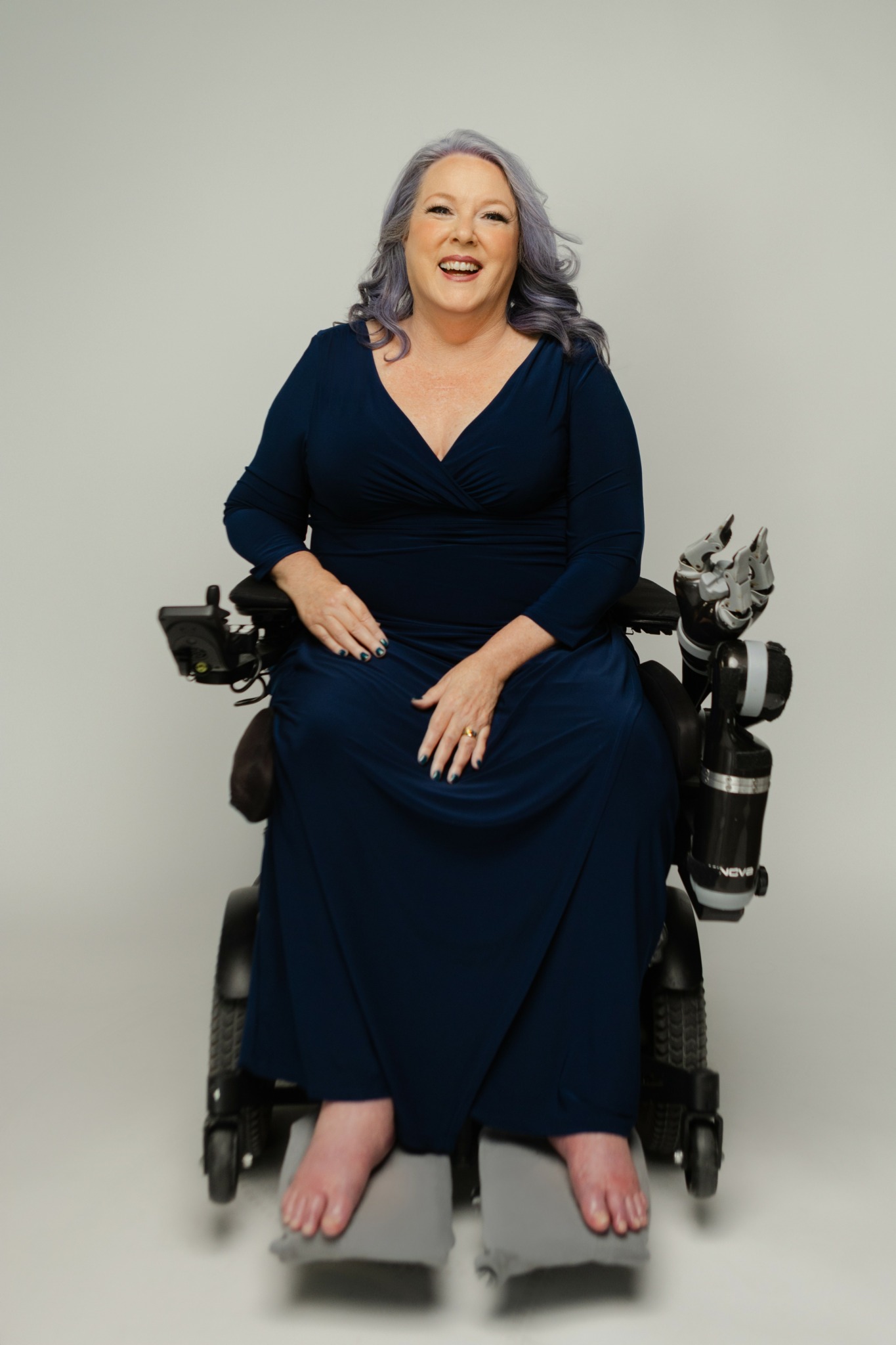
Heather C., before we move on to more of these sorts of questions, can you take some time to bring our readers up to speed on you and what you do?
I knew something didn’t feel right in my body when I was 22 years old. Walking long distances or running were difficult, and I lost my balance, often. It wasn’t until my mid-30’s that I was diagnosed with a progressive neuromuscular disease. I used a cane first, and then a rolling walker combined with leg braces, as my disease took its toll. At the age of 40 I agreed to use a complex power wheelchair for mobility, but with it weighing in at 450 pounds it’s not something you can just pop up a step. In my earliest understanding of the ADA, I thought that having a ramp meant a place was fully accessible.
I was in graduate school in Pittsburgh–a city known for its rivers, yellow bridges, hills, and multitudes of stairs. There, I was around people who had mobility disabilities and needed manual or powered wheelchairs, and people with invisible disabilities, including vision loss and blindness, PTSS, epilepsy, and extreme food allergies. Exposure to the second group helped me develop an understanding of the subtleties of accommodating invisible disabilities.
Globally, 1 Billion people have a disability; in the U.S., over 25% of individuals live with some form of disability, with more than 90% of the disabilities being invisible. Disability is personal to me and it touches all of us. My husband has tinnitus from years of listening to loud music. My family and friends have various conditions including migraine-triggering scent sensitivities, extreme food allergies, ADHD, PTSD, Parkinson’s Disease, macular degeneration, hearing impairments, and mobility difficulties.
Through my company, Making Waves for Good, I am committed to raising awareness and breaking barriers by working with businesses to create comprehensive functional accessibility solutions. Physical, communication, attitudinal, policy, and social barriers are experienced by people with disabilities daily, often with more than one barrier existing at a time. Our mission is to create truly inclusive environments—both physical and digital—ensuring that everyone, regardless of their abilities, can fully participate in society and interact with businesses efficiently and effectively. We do it differently because I see things differently, and that is my superpower.
I want your doors opened to more customers, because everyone should be able to access your amazing products and services!

Let’s talk about resilience next – do you have a story you can share with us?
I could give you a bunch of facts, about things that happened in the 12 years that I went undiagnosed; but they won’t help you understand my resilience. I grew up in a military family where whining and crying were not approved of or tolerated. It didn’t matter what I faced, I just kept going.
How did I handle the emotional abuse levied by my ex-husband? I compartmentalized it and, once divorced, went to graduate school. I made the leap from a Bachelor’s in Elementary Education to a Master’s in Computer Science because I was determined to provide a better future for myself. When teaching college in a small rural Oklahoma town wasn’t a good career fit? I got hired by the Department of Defense in California. When I saw a wheelchair in my future? I learned everything I could about them and wanted to dive deep into assistive technology, so I applied to the most rigorous graduate program in the country and was accepted. I moved to Pittsburgh alone with two cats….. in December. When I got my first wheelchair at the age of 40? I compartmentalized the feelings about this and settled in to learn new things. When I wasn’t hired right out of graduate school? I finally went to therapy and healed some of the old wounds. A year after graduation I found work in my field of assistive technology and spent eight years in Kentucky. During those years I became Ms. Wheelchair Kentucky and discovered adaptive surfing which were joyous, but those were tempered by my mom’s death and my breast cancer diagnosis.
In 2018, I fell at home while moving from the toilet back onto my wheelchair and spent 19.5 hours trapped kneeling in a space smaller than my hips. My life alert and cell phone were next to my bed, but I was able to reach my car keys. Although the garage door was closed, I set off the car alarm intermittently every few hours hoping someone would hear the sound and investigate. They did not. I knew one of my personal care attendants would be in the next morning to do laundry and I am eternally grateful that she came to work that day. Two ambulances arrived to assess my condition. Four EMTs looked at me and where I’d been and the one female paramedic on the scene got me cleaned up for transport. The EMT in the back of the ambulance with me said we would “go to University Hospital, since it’s the area’s Level 1 trauma center.” It was then I had an inkling of how bad my condition was… well, that and the fact that I couldn’t feel the backboard that I was strapped to or anything else below my waist. After 10 days I was transferred from University Hospital to the rehabilitation hospital to learn how to operate in my new body, and was reunited with my wheelchair. I had nerve damage in my left wrist and from the knees down. It was then that I learned the answer to the question that I’d been asked for years, “Which do you think is worse, a progressive disease or an accident where things are immediately taken away?” My answer is a progressive disease. When I don’t try something for weeks or months and my brain thinks I can still do it, there is a moment of shock when my body betrays me. This happens to me often, sometimes daily or weekly. Over and over and over. It’s been nearly seven years since the accident and I now have some limited movement in my toes but still impaired feeling in my legs and feet.
I was headhunted by a company who moved me back to Arizona in January 2020, which let me buy a home a mile from my dad and reconnect with my daughter-from-another-mother who has lived in Tucson for years. I finally went through EMDR therapy, because compartmentalizing the trauma was no longer working for me. In 2023, I was downsized by my full-time employer and set adrift. I had just begun dating again, and was grateful that my boyfriend encouraged me to focus on getting my memoir “Rough Waters: From Surviving to Thriving with a Progressive Muscular Dystrophy” published and my photography picked up by international gallery shows. I lived on my savings while I accomplished both of those things. I changed my boyfriend’s title to “husband” when I became a bride again at the age of 56.
You have to keep going because you never know what surprises are waiting for you around the next corner. What if it’s a problem? See the problem, work the problem. Get creative. Find the solution.
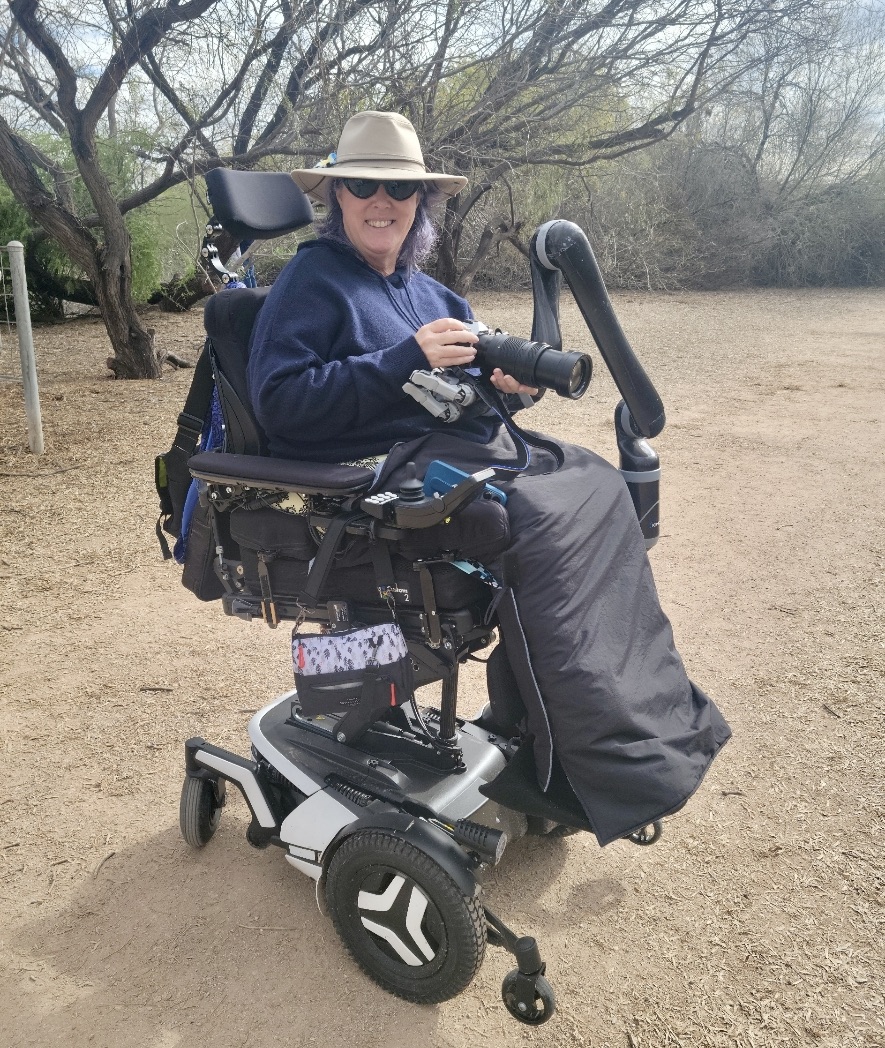
Have any books or other resources had a big impact on you?
My bookshelf has business books by John Maxwell and Simon Sinek but there are also titles covering science, philosophy, and fiction.
The Alchemist, by Paulo Coelho
Coelho’s book is an allegorical adventure of a young shepherd who dreams of buried treasure in a far-off land. The predominant themes are having a destiny, the idea of a universal plan, the interconnectedness of all things, the value of simplicity, and that fear is an obstacle.
At the core of the book is the advice given to our shepherd hero that, “when you really want something to happen, the whole universe will conspire so that your wish comes true.” I choose daily to see life as a grand adventure, to believe the whole universe is conspiring on my behalf, and to have the simple faith that people will behave as they say.
Compete to Create: An Approach to Living and Leading Authentically, by Michael Gervais, Pete Carroll
Two quotes stand out for me from this book: “Through relationships, we become.” And “No one does it alone. It’s the fabric of our relationships with those in the thin herd that allow us to go the distance.” There are amazing exercises in the book that help you understand your personal philosophy, vision for your life, find and cultivate calmness, building trust with yourself, and more. Based in science, it helped me expand the vocabulary around my vision.
Daring Greatly: How the Courage to Be Vulnerable Transforms the Way We Live, Love, Parent, and Lead; and
Atlas of the Heart: Mapping Meaningful Connection and the Language of Human Experience, by Brené Brown
A sense of adventure takes vulnerability, and hyper-accuracy of language to describe what you are feeling. Brené Brown’s multiple books on courage and vulnerability have transformed how I interact with the people around me in asking for help with everything from the smallest of tasks, like getting dressed, to conquering the challenge of writing my memoir.
Come be courageous and get vulnerable. I’m right there with you. I had lived alone since 1996 and married my high school sweetheart in 2024. Every day is a grand adventure!
Blink: The Power of Thinking Without Thinking, by Malcolm Gladwell
I am a data nerd. The book presents a series of studies into thin slicing, and how rapid pattern recognition works and it use in making quick judgements with very limited information. Our subconscious is very good at that. The quality of the intuitive leap, or snap judgement, is based on experience and expertise in a particular field. Because I have spent the last 17 years working in disability and built-environment accessibility, I can tell with one glance if a toilet in a public bathroom or hotel room meets ADA standards for height or not. Gladwell also says that there is still room for cautious and deliberate decision making. His point is well taken, because we should only make intuitive leaps where we have the proper knowledge base.
The Obstacle is the Way: The timeless art of turning trials into triumphs, by Ryan Holiday
I find stoicism calming because it teaches you to focus on what you can control–your thoughts and actions–and let go of everything else. Obstacles only have as much power over your life as you assign them. They do not have to be ominous. If you view them as learning opportunities, they lose their power. Act swiftly and decisively, because fear and doubt will try to paralyze you. Do not give up. Leaning into persistence will help you develop resilience. These teachings can be applied to everything. Paraphrasing Marcus Aurelias, Holiday says “What stood in the way of action, somehow advanced it.”
I can see this in my own life. I thought using a power wheelchair would make it impossible for me to take up surfing. Instead, I found adaptive sports, specifically ParaSurfing, and leaned into the training required to compete in the 2018 Hawaii Adaptive Surfing Championship. I placed 4th in my division in this international surfing event.
The Princess Bride: S. Morgenstern’s Classic Tale of True Love and High Adventure, by William Goldman
What’s not to love? Most people may be familiar with Rob Reiner’s version of this story filled with “fencing, fighting, torture, revenge, giants, chases, escapes, true love, miracles…” But William Goldman’s writing is richer and more satirical.
I laughed when Goldman wrote about the boring parts that he left out of this rewriting. He encouraged me to write, and rewrite to cut out the boring parts of my own story and share my own adventures. My editors fine-tuned my memoir, “Rough Waters: From Surviving to Thriving With a Progressive Muscular Dystrophy” even more.
As my friend and coach, Erin Addesso says, “The greatness isn’t in the idea, it’s in the edit.
Too obvious? Inconceivable!
Contact Info:
- Website: https://www.makingwavesforgood.com
- Instagram: https://www.instagram.com/makingwavesforgood/
- Facebook: https://www.facebook.com/MakingWavesForGood
- Linkedin: https://www.linkedin.com/in/heather-c-markham-creasman-78270720/
- Youtube: https://www.youtube.com/channel/UCX25OWfgdq2ImEmj8F8qS1g
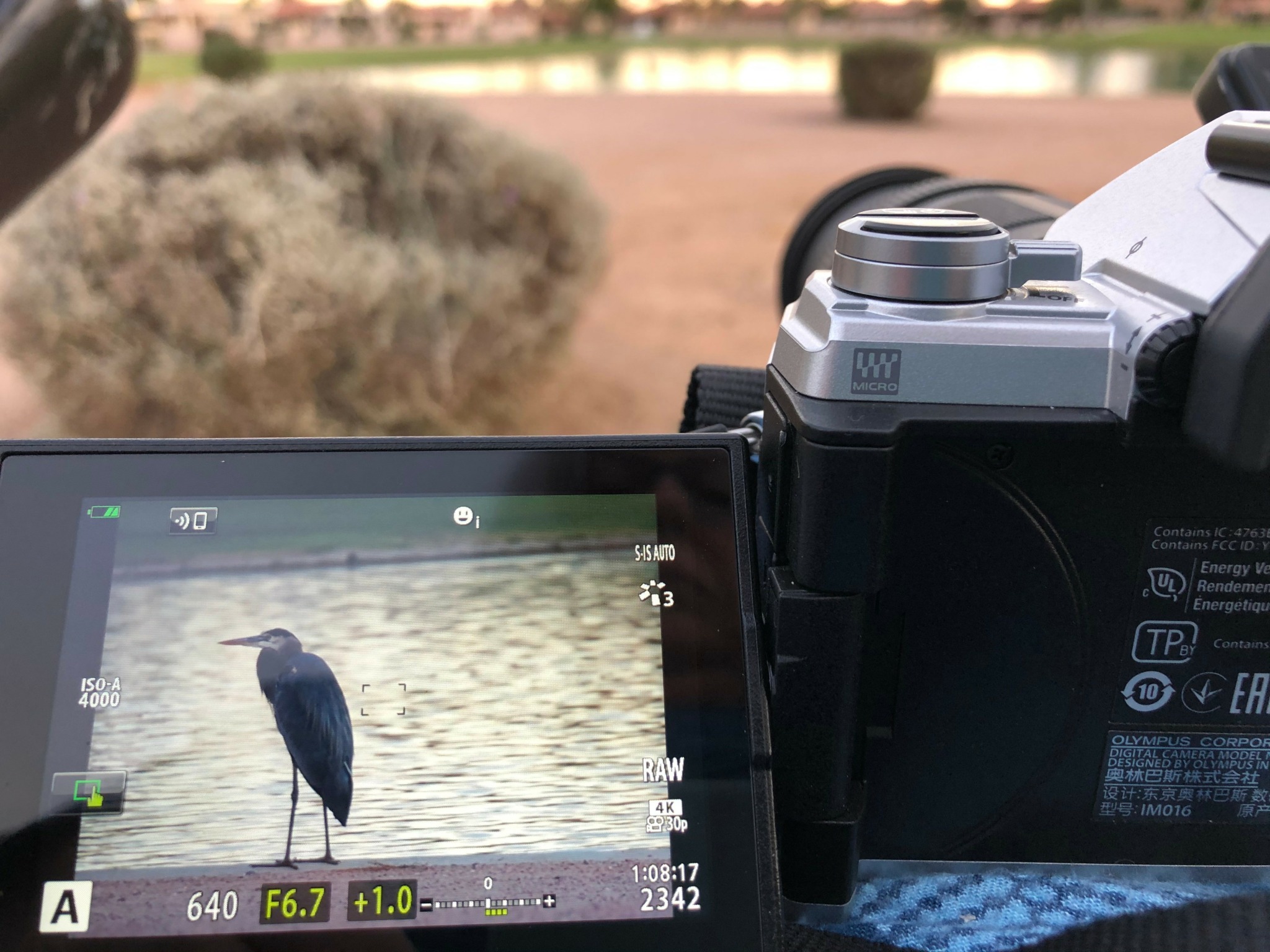
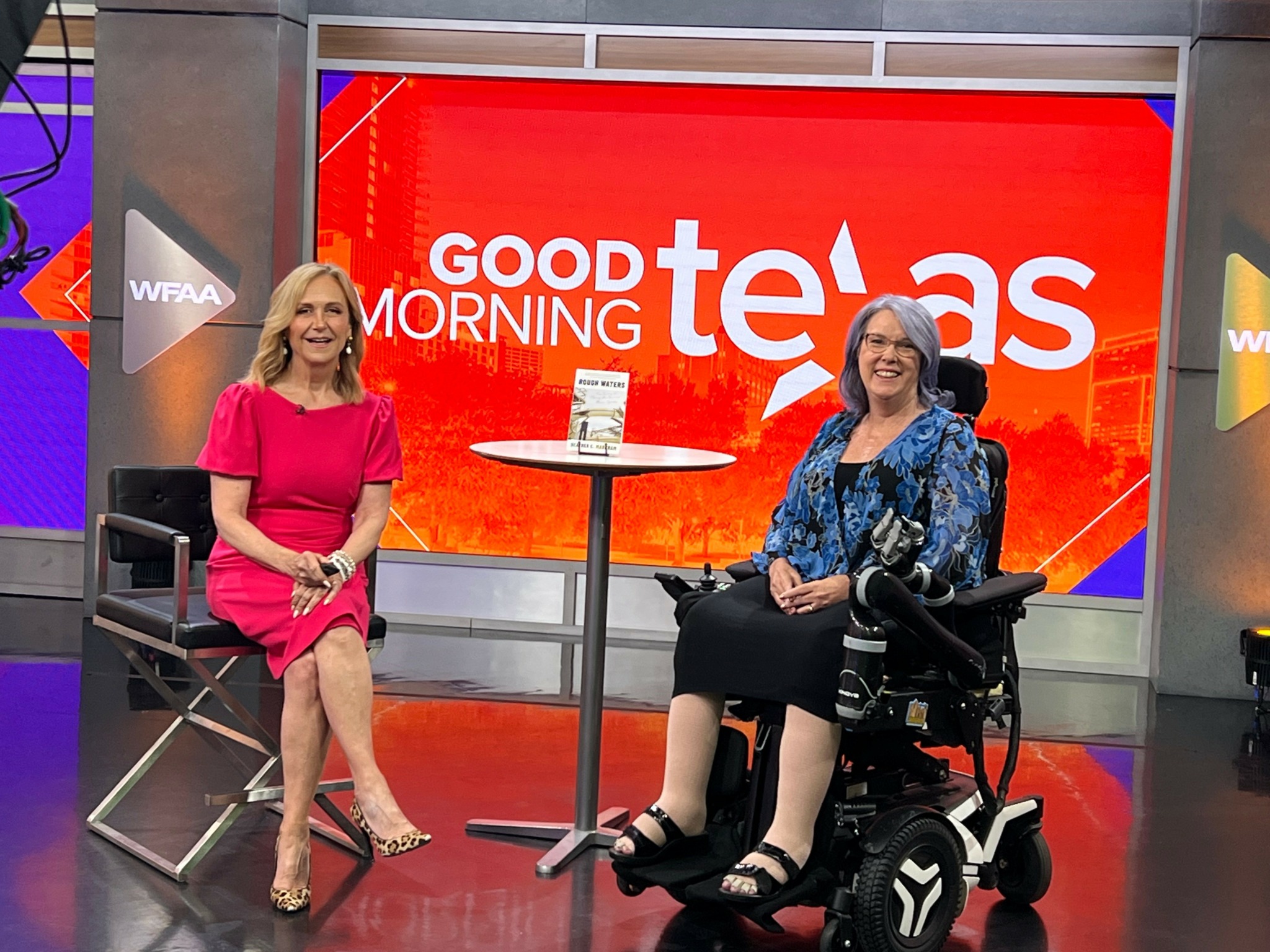
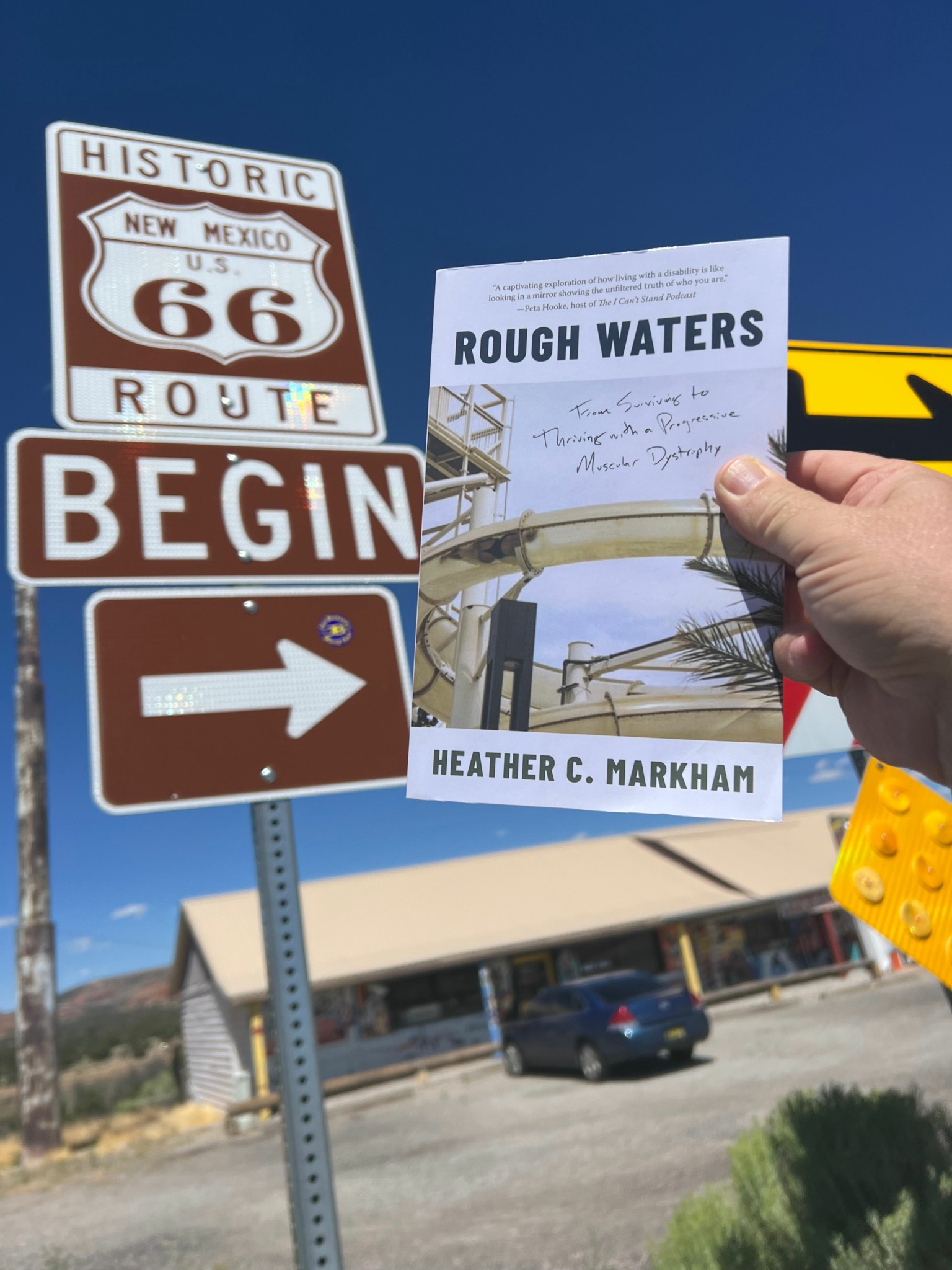

Image Credits
Jennifer Renee, J. Renee Studios
Adrianne Darling
Paul Creasman
Heather C. Markham


